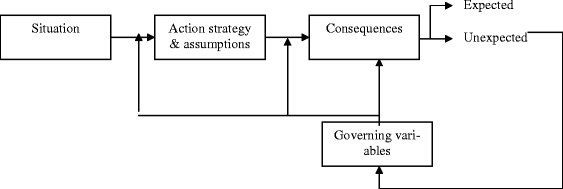Action Research
Author – Diane Taylor:
Man whose wife died after deportation attempt fights removal order.
“…It has emerged that the failed removal last year was part of the Home Office’s target-driven programme Operation Perceptor. This came to light when Motsamai requested the Home Office files for him and his wife. They were so heavily redacted that entire pages were blacked out.
The Home Office had a target of 12,800 enforced removals for the year 2017-18. Operation Perceptor targeted people who, like the Motsamais, did not have blood relatives in the UK, as they were perceived to be easier to remove quickly….
…Motsamai had had problems with the Home Office before. He arrived in the UK in 2004 to do a business studies course. In 2008 he was refused permission to extend his visa and was removed back to South Africa, but in March 2009 an immigration judge ruled he had been unlawfully removed and he could return to the UK.
The judge described Motsamai’s treatment as “abrupt and harsh” and said of the Home Office’s removal document: “The document is neither signed nor dated and I have no doubt that it was never sent. It contains an error. The decision was never served on him so he couldn’t appeal. I find that the decision of the secretary of state to remove him was not in accordance with the law.”
Lens 1 : Argyris and Schon
“…Organisations, teams, and individuals (including ourselves) have a habit of claiming to operate according to a set of theories that apply to our work. With the best of intentions, we set out to do our business based on a set of assumptions we would like to be true.
In fact, observation of what actually happens will usually reveal something different. In a perspective first articulated by Chris Argyris, we operate according to a rather different set of assumptions—our “theories in use.” It’s these theories-in-use that govern what is really done.
For example, espoused theories might be around customer service. In some organisations, unfortunately, the theories in use might have more to do with profit maximisation. The result is a debilitating disconnection between what management claims to be about and what it’s really about.
When challenged on this, leaders will typically resist admitting what drives them isn’t what they would like it to be. Their ego won’t let them...”
Dr David Fraser – What’s the difference between espoused theories and theories in use?
Stuart French – Creating Knowledge Cultures

Max Viser, Kim Van der Togt: Learning in Public Sector Organizations: A Theory of Action Approach
Lens 2: Otto Scharmer
Lens 3: Ashby’s Controller
“…The design of a complex regulator often includes the making of a model of the system to be regulated. The making of such a model has hitherto been regarded as optional, as merely one of many possible ways.
[In] this paper a theorem is presented which shows, under very broad conditions, that any regulator that is maximally both successful and simple must be isomorphic with the system being regulated. (The exact assumptions are given.) Making a model is thus necessary….
…The reader may be wondering why error-controlled regulation has been omitted, but there has been no omission. Everything said so far is equally true of this case; for if the cause-effect linkages are as in fig. 2…
…R it is still receiving information about D’s values, as in fig. 1, but is receiving it after a coding through S….”
Roger C. Conant – EVERY GOOD REGULATOR OF A SYSTEM MUST BE A MODEL OF THAT SYSTEM
Ashby’s Controller (Goal Level) <-> Requisite Variety (Informational Blarney).
“…In sociology, an isomorphism is a similarity of the processes or structure of one organization to those of another, be it the result of imitation or independent development under similar constraints. There are three main types of institutional isomorphism: normative, coercive and mimetic.[1] The development that these three types of isomorphism promote can also create isomorphic paradoxes that hinder such development. Specifically, these isomorphic paradoxes are related to an organization’s remit, resources, accountability, and professionalization…”
Isomorphism – Wikipedia
Lens 4: Pure Cybernetics
“…The functional (content and meaning) role of information in cybernetic processes cannot be directly measured with Claude Shannon’s statistical approach, which Wiener also adopted. Although so‐called Shannon information has made many valuable contributions and has many important uses, it is blind to the functional properties of information. Recently, we proposed a radically different approach to information theory. After briefly critiquing the literature in information theory, this new kind of cybernetic information will be described. We call it ‘control information’. Control information is not a thing or a mechanism but an attribute of the relationships between things. It is defined as: the capacity (know how) to control the acquisition, disposition and utilization of matter/energy in ‘purposive’ (cybernetic) processes….”
Peter A. Corning – Control information theory: the ‘missing link’ in the science of cybernetics.
Therefore….

